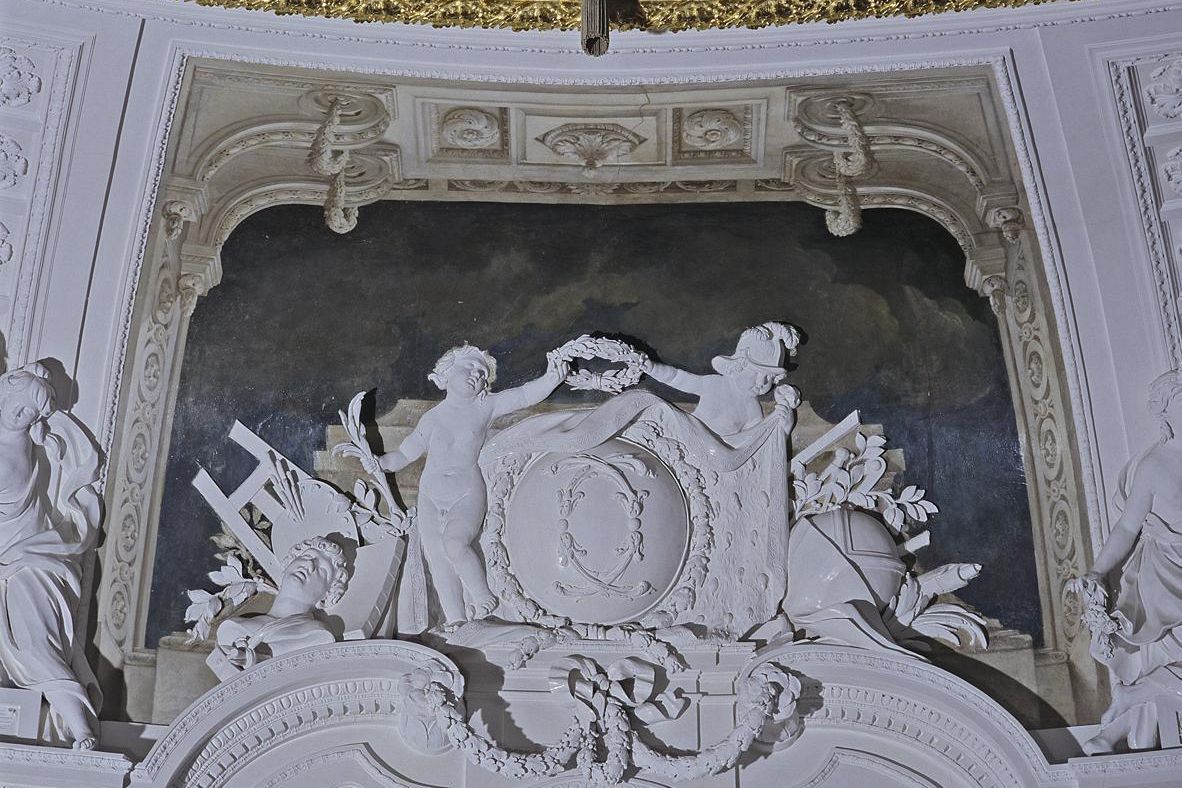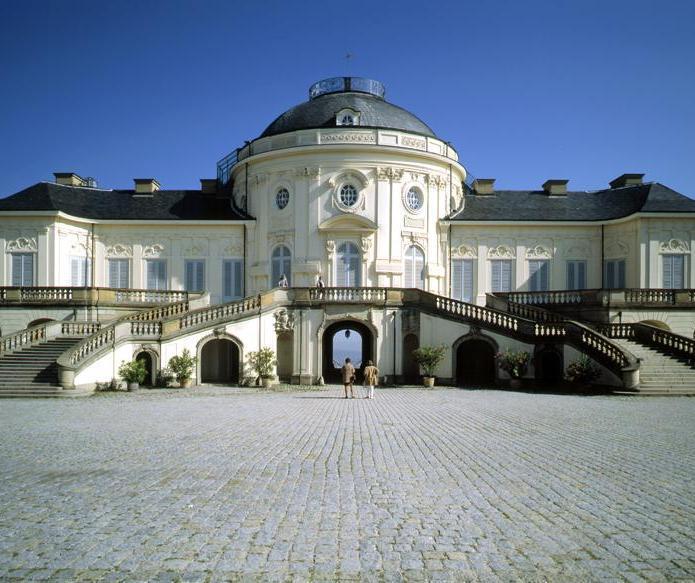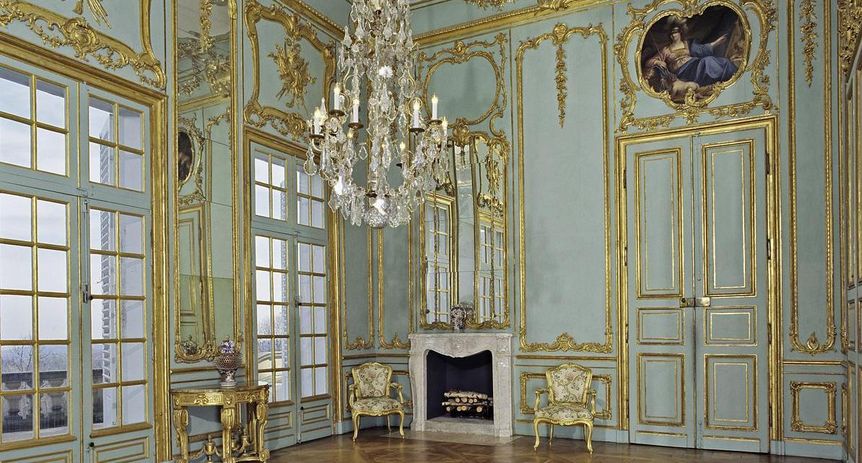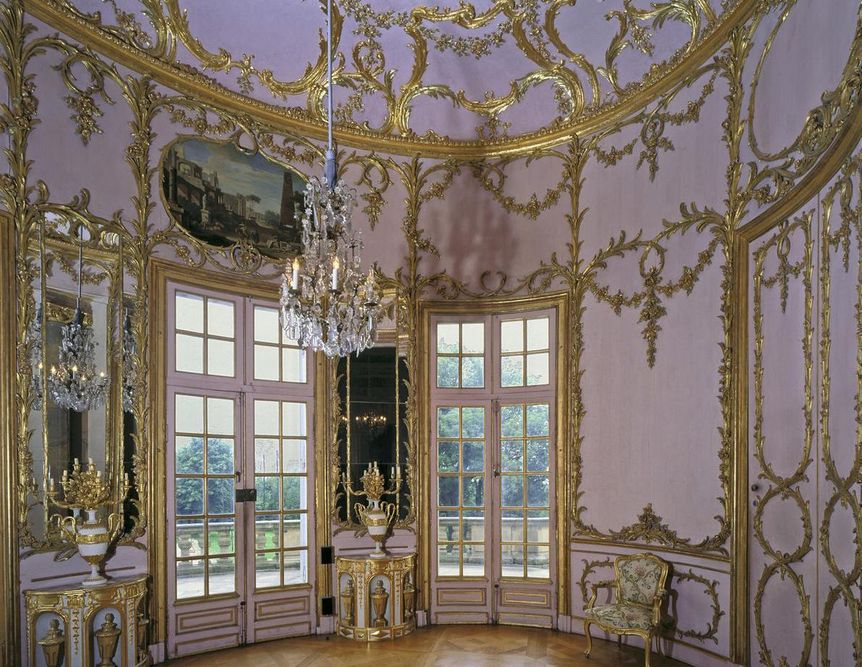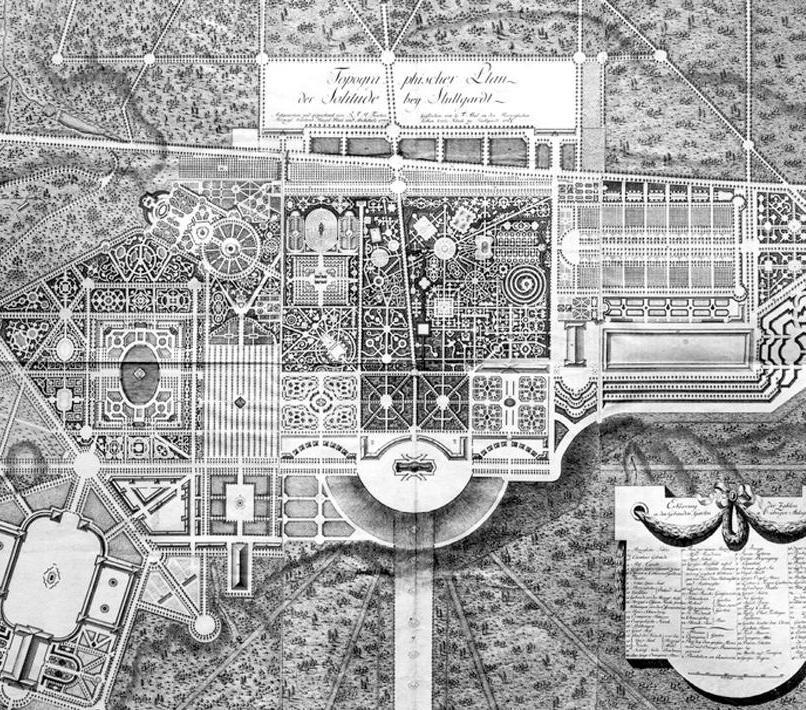The transition from late Rococo to early ClassicismHistory of design
Sensationally well preserved: Solitude Palace is among a small number of palaces that have survived the centuries almost unchanged. Created during the transition from Rococo to early Classicism, it is a unique witness to both styles.



